i'm fairly new to R so please excuse me for the noob question. I have a dataframe that looks like this:
gene ctrl treated
gene_1 100 37.5
gene_2 100 20.2
... ... ...
For each row (ie each gene) in the df, I want to plot the values in such a way that ctrl and treated are one next to the other. The code below gives something close to what i want, but the output is not grouped as it should: the bars for controls are plotted before the ones for treated samples.
barplot(height = df$df.ctrl1, df$df.avg_treated), names.arg = df$df.gene)
I know there are many similar questions, but i've gone through them with no success. Anyone can help me understand what am i doing wrong?
Second (optional) question: what if i want to color-code the bars according to the gene id?
Many thanks.

